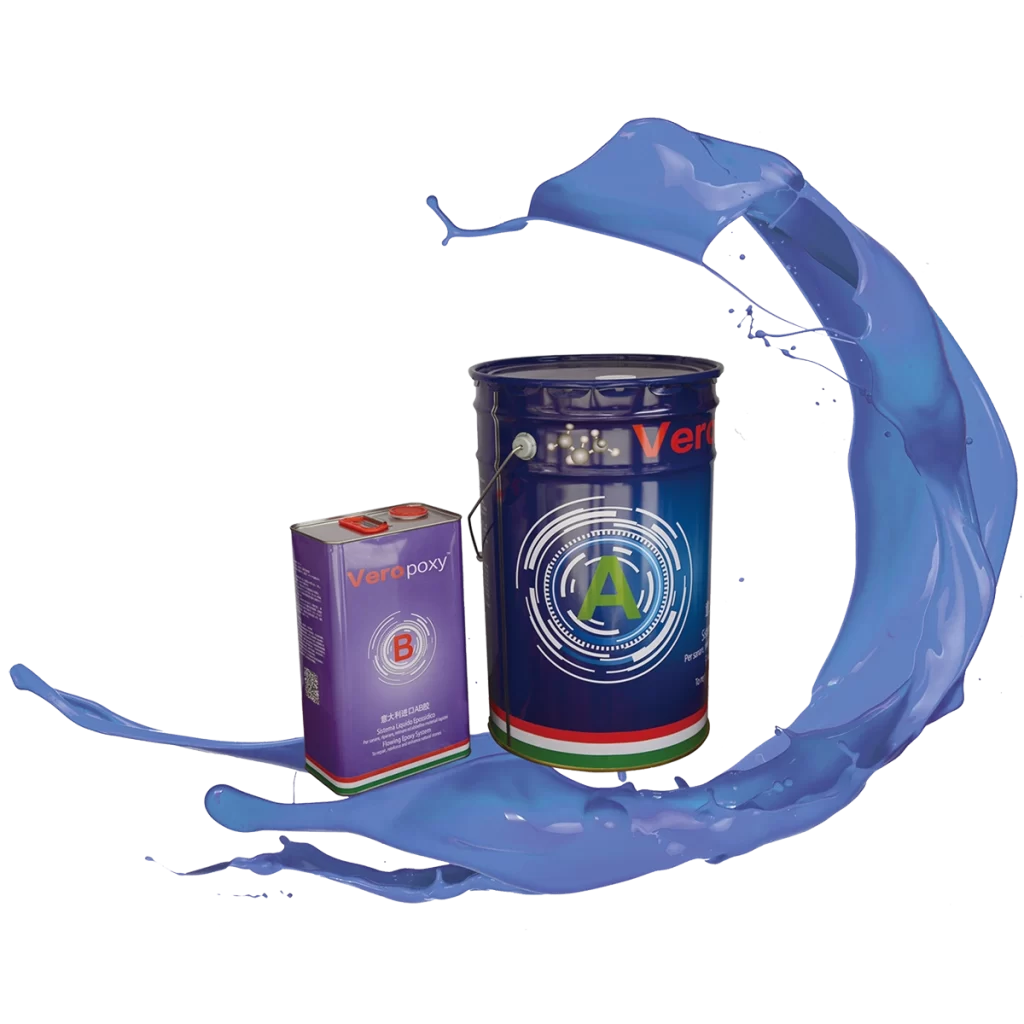Marble, with its timeless beauty and elegant veining, is a luxurious choice for floors, countertops, and other surfaces. However, like many natural stones, it can be fragile, susceptible to cracking, and vulnerable to minor imperfections. Enter marble Epoxy resin—a transparent or clear polyester Epoxy resin specifically designed to repair and enhance the natural beauty of marble. Known by various names, including Veropoxy Marble Epoxy resin, this Epoxy resin is invaluable for filling cracks, sealing surfaces, and improving the durability of marble installations. But what makes this Epoxy resin special? And why is it the preferred choice for stone artisans and builders alike?
In this article, we’ll dive into the world of marble Epoxy resins, exploring their properties, applications, and advantages for marble care.

Epoxy Resin
Why Use Epoxy Resin on Marble?
Particularly in high-traffic areas or surfaces subjected to temperature fluctuations and moisture, marble is a porous, rather soft stone that can readily show symptoms of wear. Even little flaws can eventually take away from its beauty. Specifically designed to cover these gaps, minor cracks, and surface flaws, resin for marble offers a durable, transparent layer that accentuates the natural beauty of the stone and reinforces it.
Often transparent polyester or epoxy blends, selected for their adhesive strength, durability, and clarity, resins used in marble repairs and treatments are These resins, unlike ordinary glues or fillers, can bond perfectly with the stone, so maintaining the visual continuity of the marble and improving its durability.
Types of Resin Used for Marble
1.Polyester Resin: Commonly used in marble repair, polyester resin is clear, strong, and compatible with stone. It’s frequently used to improve aged or worn marble’s look and close minor cracks. For many stone professionals, polyester resin is a sensible option because of its low cost and fast drying times.
2.Epoxy Resin: Epoxy resin offers a stronger and more durable option, particularly for heavy-duty applications or larger areas needing repair. Excellent adhesiveness of epoxy resins makes them ideal for binding broken pieces or reinforcing marble slabs. Epoxy resins give a high-gloss finish that can accentuate marble surfaces, even if they may cure more slowly.
How to Apply Marble Resin
1.Preparing the Surface: Start by thoroughly cleaning the marble surface, ensuring that it’s free from dust, dirt, or grease. This is important since any surface imperfection might hinder appropriate adhesion. Usually a damp cloth or stone cleaner will work, but let the surface dry entirely before applying any resin.
2.Mixing the Resin: Marble resin often comes in two parts—the resin and a hardener. Following directions is essential for mixing these since improper mixing can cause weaker bonds or uneven curing. Usually working with small quantities at a time, stone repair experts use resin since it sets fast.
3.Applying the Resin: For crack filling, use a spatula or brush to carefully apply resin into the crevices. Share it equally to guarantee the resin covers the whole crack. Larger surface uses, such as countertop restoration, can benefit from a foam roller or squeegee’s help in evenly distributing resin.
4.Sanding and Finishing: Once the resin has cured, typically within 24-48 hours for polyester or slightly longer for epoxy, the surface may require light sanding. This stage virtually invisibly blends the resin with the marble. To finish the appearance, one can then apply a last polish or sealant, so adding a protective layer and improving the gloss of the marble.
Advantages of Using Transparent Resin on Marble
Aesthetic Continuity: Transparent resin maintains the look of natural marble by filling in cracks and gaps without obscuring its color or veining. It improves, not alters the stone’s look.
Enhanced Durability: Resin protects marble from further damage, reinforcing its structure and helping to prevent chips or cracks from spreading.
Improved Surface Smoothness: Resin fills in surface imperfections, creating a smoother, more polished finish. Marble then not only looks better but also is simpler to maintain and clean.
Versatile Application: Transparent resin can be used on various types of natural stones, including granite and quartz, making it a versatile choice for many stone installations.
Considerations When Using Resin on Marble
UV Resistance: Polyester resins, while durable, can sometimes yellow over time when exposed to direct sunlight. To keep clarity in marble applications in well lit environments, think about using UV-resistant epoxy resins.
Matching the Resin to the Marble’s Use: Epoxy resin’s added strength makes it better than polyester resin in high-impact areas. Polyester resin can, however, be a more reasonably priced solution for minor repairs or purely decorative uses.
Usually regarded as a permanent fix is applying resin to marble. Removing or changing it is difficult once it has cured without professional guidance.

Epoxy Resin in Marble
Using transparent resin, especially Veropoxy Marble Resin, is an excellent way to maintain and restore the natural beauty of marble. Resin can be a great tool for both homeowners and craftspeople whether it’s covering small cracks, polishing worn-out surfaces, or offering a protective coatings. Applied properly, it not only maintains marble’s natural beauty but also fortifies it against future wear and tear. Selecting the appropriate kind of resin and using it carefully will help to increase the lifetime of marble so guaranteeing that it will continue to be a remarkable and useful focal point for years to come.
Post time: 11 月-12-2024

